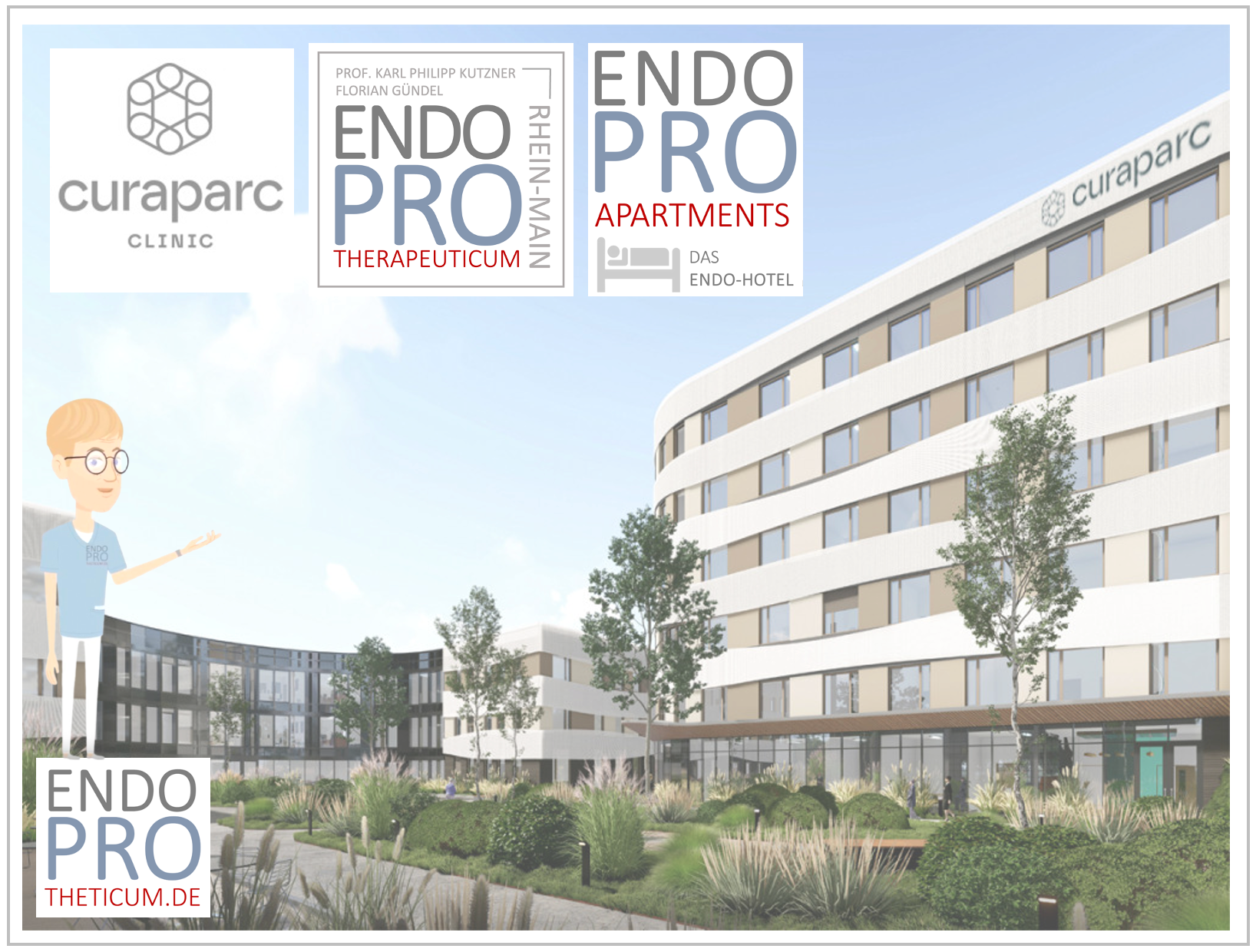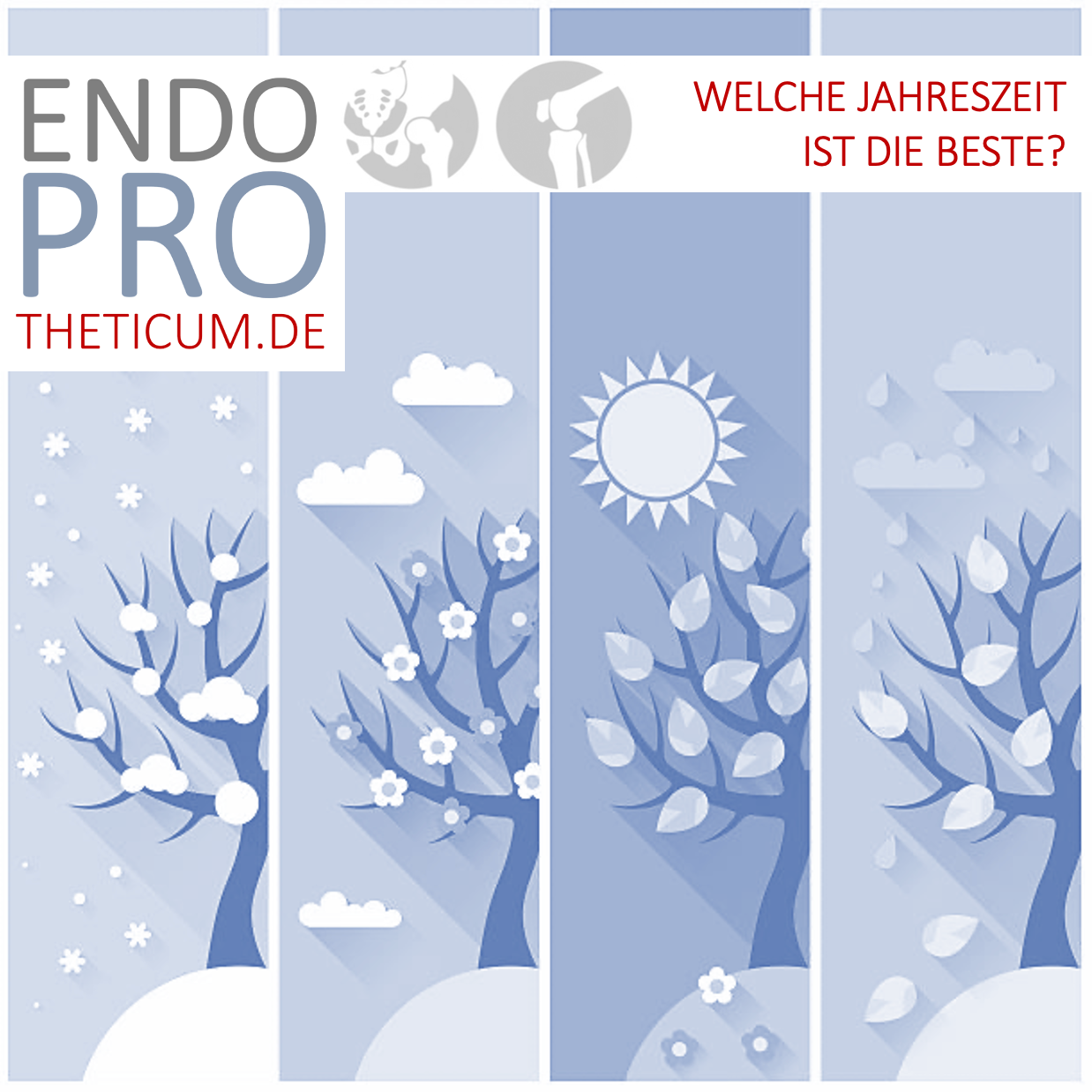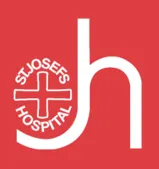Outpatient endoprosthetics: opportunities and challenges for patients and doctors
Outpatient endoprosthetics: opportunities and risks

Outpatient arthroplasty has the potential to change the way joint replacement surgeries are performed. This innovative treatment method offers a number of opportunities but also challenges for both patients and doctors. In this blog post we will take a closer look at the opportunities and challenges of outpatient arthroplasty for patients and doctors.
Opportunities for patients
- Shorter recovery time: Outpatient arthroplasty typically allows for shorter recovery times compared to traditional inpatient procedures because patients can often be discharged home the same day.
- Improved quality of life: By recovering faster and returning to normality, patients can regain their quality of life more quickly and lead more active lifestyles.
- Lower risk of infection: As the hospital stay is shortened, the risk of nosocomial infections that can be associated with longer hospital stays is also reduced.
- Cost-effectiveness: Outpatient arthroplasty procedures can be more cost-effective than traditional inpatient procedures because hospital costs are reduced.
Challenges for patients
- Home Care Requirements: After discharge from the hospital, patients may require support at home, especially in the first few days after surgery.
- Risk of Complications: Although outpatient arthroplasty procedures are safe, there is always some risk of postoperative complications that should be taken into consideration by patients.
- Required Mobility: Outpatient arthroplasty requires a certain level of mobility and independence on the part of the patient to meet the demands of postoperative self-management.
Opportunities for doctors
- Increased efficiency: Outpatient arthroplasty procedures enable more efficient use of resources and capacity in hospitals, as fewer beds and resources are required for postoperative care.
- Improved patient satisfaction: Doctors can achieve higher patient satisfaction through shorter hospital stays and faster recovery of patients.
- Reduced complications: Shorter hospital stays can reduce the risk of nosocomial infections and other complications, which can lead to better outcomes for patients.
Challenges for doctors
- Need for careful selection of patients: Not all patients are suitable for outpatient arthroplasty procedures and physicians must carefully consider whether the patient meets the necessary criteria.
- Need for comprehensive patient education: Physicians must ensure that patients are informed about the expectations, requirements and potential risks of outpatient arthroplasty.
- Need for an infrastructure for follow-up care: Doctors must ensure that patients are connected to the practice after an outpatient procedure or even offer home visits if necessary.
Conclusion
Outpatient endoprosthetics offers a variety of opportunities, but also challenges, for both patients and doctors. By speeding recovery, increasing patient satisfaction and improving hospital efficiency, this innovative treatment modality has the potential to change the future of joint replacement surgery. But it is important to consider the potential challenges and risks and carefully consider whether outpatient arthroplasty is the right choice for each individual patient.
MAKE AN APPOINTMENT?
You are welcome to make an appointment either by phone or online .



























